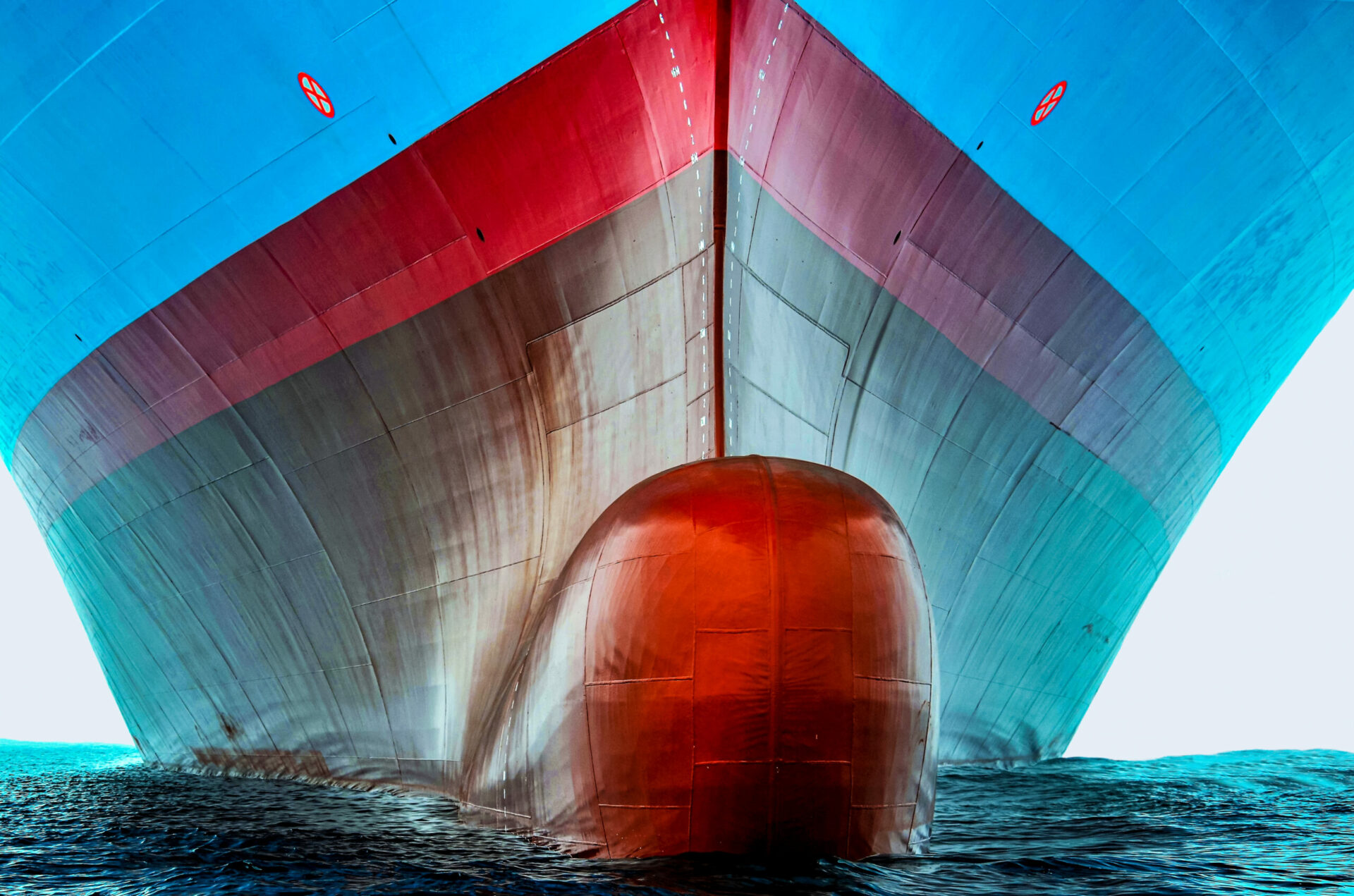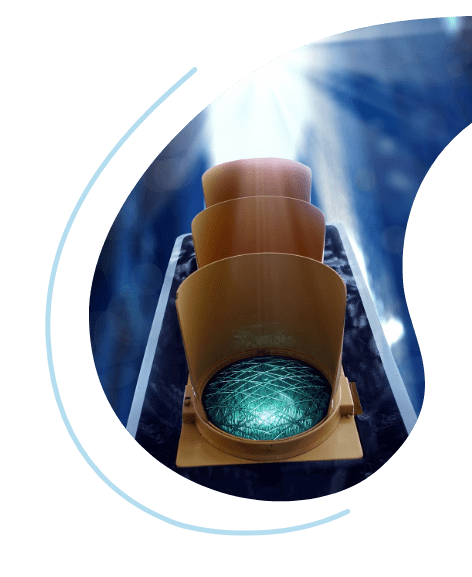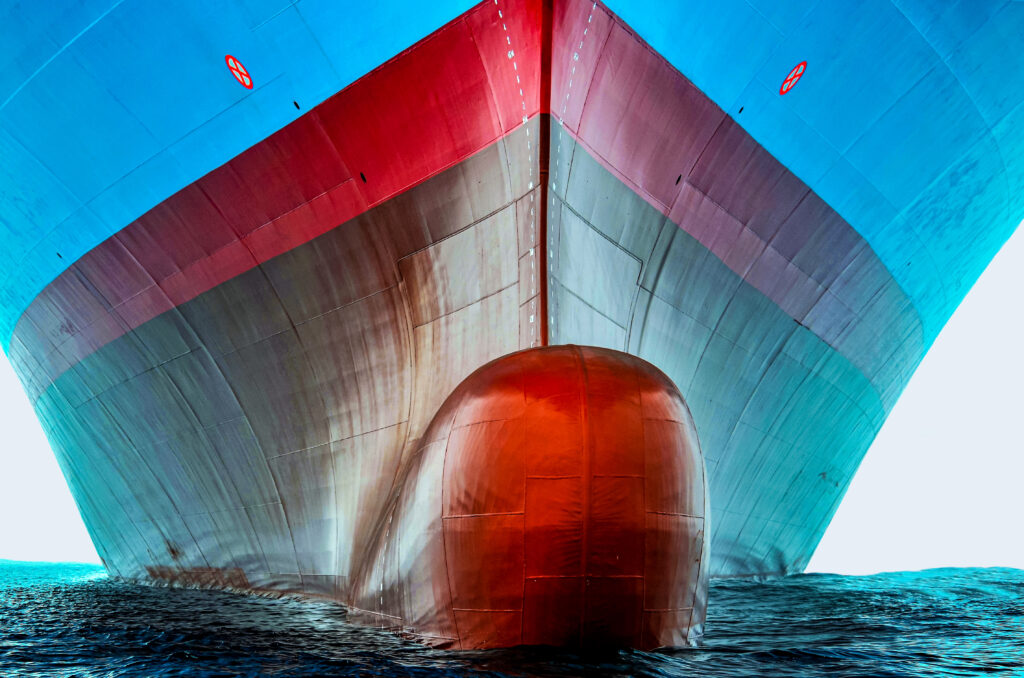
16 Mar What are the essential factors to consider when assessing environmental risk for antifouling products (PT 21)?

News
What are the essential factors to consider when assessing environmental risk for antifouling products (PT 21)?
Performing environmental risk assessment for antifouling products is very challenging, often more challenging than for some other biocidal Product Types (PT). Important issues are the relatively high background concentration of the active substance (e.g. Copper) in the seawater and freshwater, complex environmental conditions (e.g. salinity, velocity, etc.) and using a specific model, MAMPEC. So how can you overcome these challenges? Several key actions need to be taken:
Building biocidal product families and meta SPCs: One of the most efficient approaches to assessing the biocidal products’ risk is building Biocidal Product Families (BPFs) and meta SPCs. BPFs and meta SPCs allow us to group the products based on their active substance(s), similar uses, composition, etc. After grouping, there is no need to assess the risk of each product individually. However, it is important to justify the grouping of products in meta SPCs properly, because authorities often have questions about that. More details about building BPFs and meta SPCs can be found in our newsletter “How to bridge efficacy data within a biocidal product family”.
Selecting only relevant scenarios: According to the Emission Scenario Document, several emission scenarios can be included in environmental risk assessment for antifouling products. However, not for all identified scenarios a separate risk assessment is needed. Instead, the workload can be reduced by selecting the relevant scenarios. For example, the risk of offshore structures, shipping lanes and open sea scenarios can be covered by commercial harbour scenarios. In addition, the risk of maintenance and repair scenarios can be covered by a specific risk mitigation phrase on the label.
Background concentration: Copper (Cu) is one of the most widely used active substances in antifouling products. When assessing the environmental risk, you need to consider the released Cu concentration from the products and the background concentration of Cu in the water. This is not a unique requirement for PT 21 since other product types also require considering background concentrations. However, the special/challenging part here is that the background concentration of Cu in water is so high that it hinders conclusions of safe use for many products. For instance, the ratio of Predicted Environmental Concentration and Predicted No-Effect Concentration (PEC/PNEC) is already 0.96 for the surrounding area of the commercial harbour due to the background concentration of Cu alone. While for concluding safe use, the PEC/PNEC needs to be < 1. It means the allowed release of Cu from the products is very low. Therefore, standard conditions will easily lead to a non-safe conclusion. Then a higher tier modelling is needed to assess further the risk based on more realistic data. In higher tier modelling, the applications of the product need to be carefully studied (e.g. the conditions, locations, frequency of use, etc.), and an expert statement may be required if a non-standard assessment factor is applied.
Environmental conditions: Many environmental parameters are relevant when assessing the environmental risk for antifouling products. For example, 35 environmental parameters need to be specified for commercial harbour scenarios in the MAMPEC model for assessing the risk. There are default values that can be used. But in some cases, modified values are preferred to represent more realistic conditions to further reduce the PEC for a conclusion of safe use.
MAMPEC with assessment factors: MAMPEC is a Marine antifoulant model to predict environmental concentrations. Specific information on environmental conditions, assessed substances and emissions are required to assess the risk. In most cases, assessment factors can be applied to the model, such as different leaching rates at berth and moving, the size of wet surface areas or the number of boats in specific regions. These assessment factors are based on the application of the product in real life and need to be supported by scientific information. Usually, an expert assessment is required to attach with the applied factors.
Need more information or professional support to your case
Feel free to contact Isabel van Laanen tel: +31 6 5000 7475




